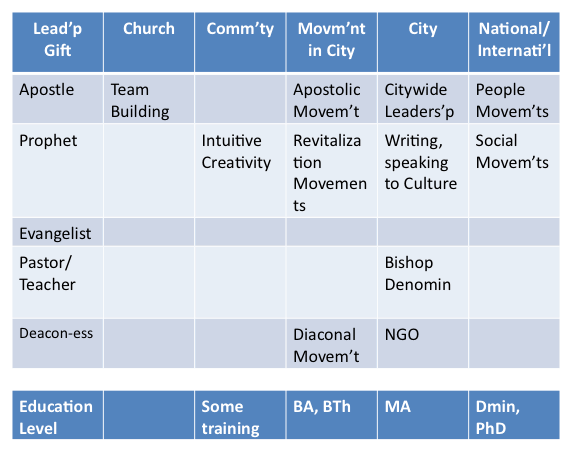
Urban Leadership Foundation
A hub for leadership training in cities and among the world's 1.4 billion slum-dwellers
Fowler developed an analysis of the Stages of Faith, an untested theory based on other theories of development by Levinson, Erikson, Piaget and Kohlberg.
There are historic precedents across the globe:
Confucius says:
Early ministry develops qualities of Leadership. Successful execution of leadership become a basis for wider scopes of movement leadership. The context of various phases moulds the leader, training him in rpinciles and skills. Critical turning points mark the leaders commitment and vision. We will examine several leaders in order to identify some of these elements.
Part of effectiveness is understanding our humanity, and the seasons of physical and emotonal development and decline.
THE AGES OF A LEADER
From child to schoolboy, to young buck, to maturity, to sage to grandfather, there are seasons to leadership. What is common to each of these?
Read the summary of four stages of life in The Seasons of a Man's Life by Levinson.
MEGA-CULTURAL CONTEXT: TRIBAL-URBAN-POSTMODERN CONTEXT
| Band | Tribal | Peasant | Urban | |
|---|---|---|---|---|
| Group Structure | small group | Interlinkied clans | Lord and peasants | Individualized Formalized Structures |
| Leadership | Totemic Leader and consensus | Chief and elders | Lord rules consensus among villagers | Big Man, instituions Individualised decisions |
| Spiritual Structures | clan worship | Tribal gatherings | Rural church | Mega church or house church |
There also has to be a mapping between the level of a leader's operation and the context they are operating in.

The process of building leadership is one fo capital formation at each point. Capital may be formed morally, organizationally, financially. People resources may be garned within organiztions or through networks. In this I am indicating capital as capacity to get and sustain multiplying movment dynamics.
| Personal/ Local | Church / NGO Cluster | Movm’nt in City | City | National/Internati’l | |
| Moral Authority Resources | Symbolic Action | Turning Points | Cultural Analysis | Confrontation with Systemic Evil | Complex Systems Analysis |
| Spiritual Resources | Divine Intervent’ns | Theological Breadth | Visionary Leadership | Engagement with Powers | National Prophetic |
| People Resources | Team | Multiple teams | Network | Coalition | National Network Leaders |
| Structural Resources | Church or NGO | Multiple Churches Multiple Projects | Denom’n | City Network | Nat/Global Networks |
| Coalition Resources | Elders/ Deacons/ Cell Leaders | Cluster Leaders | Coalition / Consortium | Partnerships | Networking |
Students will examine a biblical character and their own "leadership capital" growth by mapping their own timelines, identifying turning points, key theological commitments, spiritual experiences, and contextual learning of critical principles.